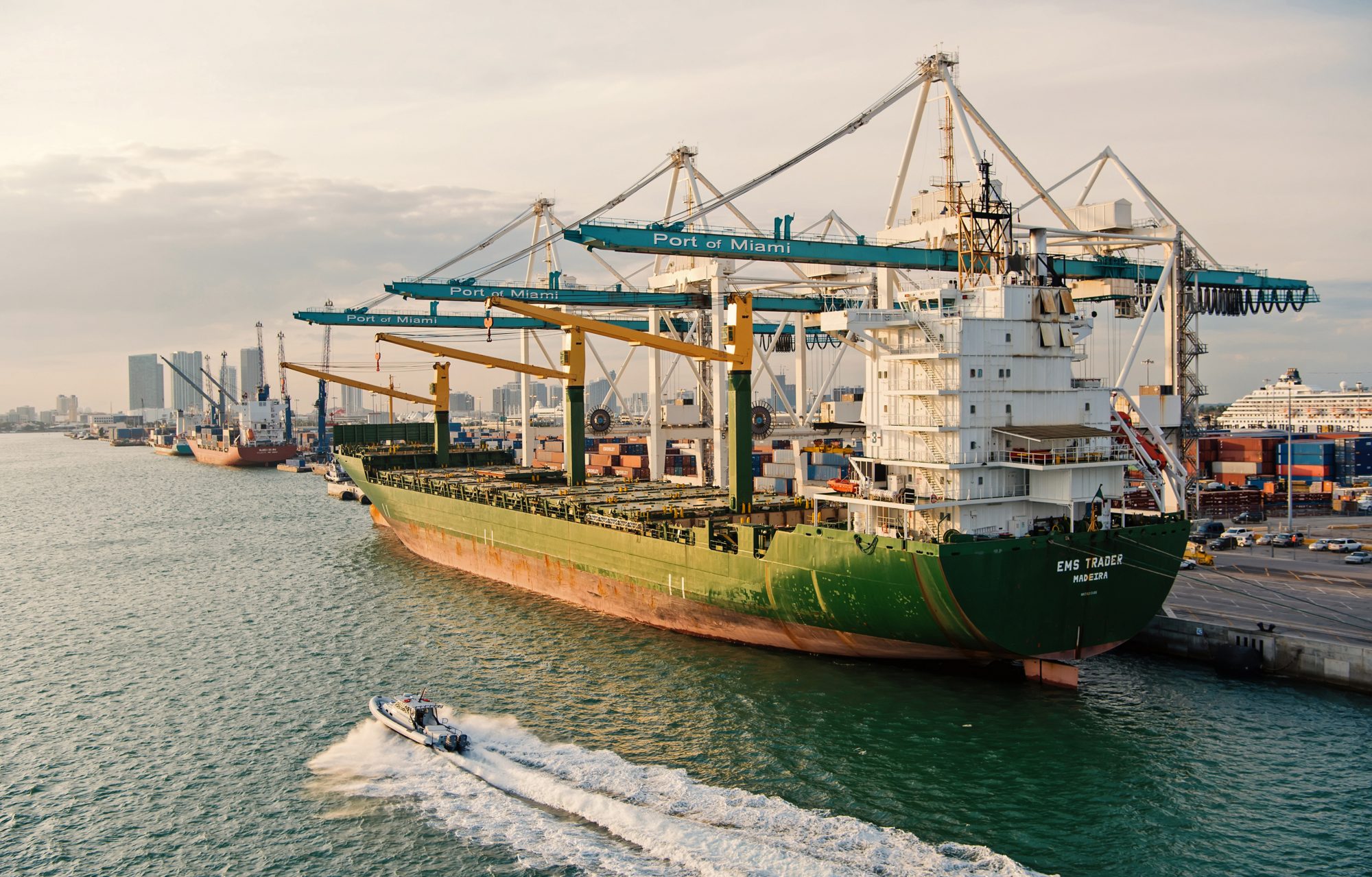Happiness rose across all categories, leading to an overall increase to 7.2/10 from 5.85 in Q1.
Much of the lift in the latest report seems to stem from the easing of constraints on seafarers related to the COVID-19 pandemic. As international travel restrictions eased, crew travel became easier to facilitate and seafarers’ schedule became clearer; certainty on when crew will return home has a large impact on morale.
“After more than two years of uncertainty caused by COVID-19, seafarers are beginning to see the light at the end of the tunnel,” said the report.
“Although challenges remain due to restrictions in some Asian countries, China has loosened quarantine requirements for Chinese seafarers. Significantly, restrictions have also been lifted in Singapore, and the Philippines and India have also lifted a range of travel bans and COVID measures – all of which means that seafarers have a far greater chance of getting back home unhindered. This lifts the mood dramatically and understandably so.”
Data in the report suggested 41% of seafarers were now onboard for between one and three months, improving greatly over recent quarters.
During contract, there are further bonuses for seafarers as COVID restrictions ease. Many seafarer centres have reopened, giving crews better access to support, entertainment, and provisions while ashore.
Besides the knock-on effects from COVID recovery, the report noted an increased focus on seafarer wellbeing from owners and operators.
“There has also been a focus within the industry on finding solutions to many of the frustrations which have been dogging seafarers for years. Some of these initiatives appear to now be delivering. With more vaccinations, better travel, wage rises and new amendments to the Maritime Labour Convention (MLC) delivering hopes of universal maritime connectivity, there is cautious optimism. Nonetheless, while the data does suggest improvements, there should be no complacency,” said the report.
The term ‘grin washing’ was coined in the latest report, a spin on the term ‘green washing’, to refer to companies who invest in impressive looking facilities onboard but fail to ensure crew have time to make use of those facilities.
“This latest data shows there are signs of better things ahead for seafarers. However, any recovery in seafarer happiness should be treated delicately and can easily be lost. It is important that the industry continues the work to improve crew wellbeing and does not rest on its laurelsm,” said the report.
The Revd Canon Andrew Wright, Secretary General of The Mission to Seafarers, said: “While it has been a difficult two years, it is nice to see some optimism return, which is largely down to the hard work the industry has done to make life better and raise spirits on board. However, there are still areas that can be improved upon, which is why it’s so critical for organisations to continue taking meaningful steps to boost seafarer happiness and crew welfare.”
Thom Herbert, Idwal Crew Welfare Advocate and Senior Marine Surveyor added: “While there is an increase in the score this quarter, and cause for optimism, for every positive we see there are many more negatives that still need to be addressed. Hours of work and rest continue to be in conflict, and the individual instances quoted in the report indicate that this issue needs more focus. Communication with home remains a major challenge, and although it’s good to hear that there is seafarer positivity around the MLC changes, the reality is likely to be disappointing.”






